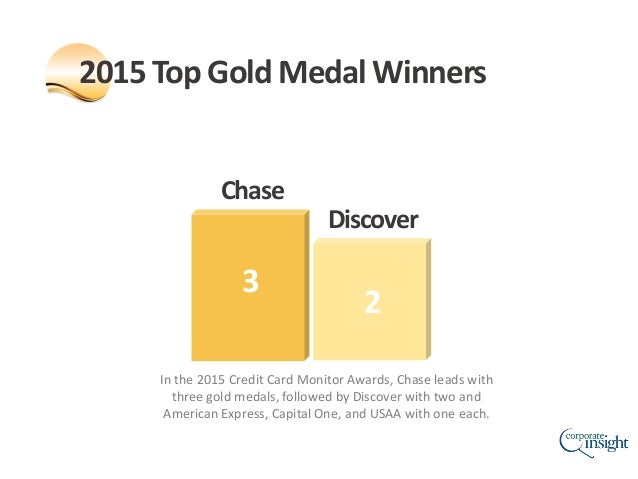A Step By Step Guide (Part 4)
By
Easy Tips
—
Monday, 16 July 2018
—
Credit Tips

So, normally when someone talks about monitoring credit they talk about all the obvious stuff. They talk about paying your bills on time and avoiding late fees and things like that. Well we all know to do those things. I prefer to talk about some of the rules you can give yourself to make it easier to maintain and monitor your credit. For example, to keep your credit rating strong, keep all of your credit card balances below half of the limit. 500. Doing this serves two purposes.
First, if you keep your balances below half the limit the credit card companies look favorably on that and your score is rewarded for it. Also, you create a credit emergency fund for things that can accidentally happen. Respect this rule, but if you had an unforeseen car problem you can get it fixed with your surplus credit and pay it off over the next few paychecks.
Another tip is to never close a credit card account. Even if you pay the card off and do not plan on using the card. Credit bureaus lower your score for closing out accounts. They look at it as if you are not being responsible. Just destroy the card and do not use the account again. Lastly, you need to monitor your credit regularly. Make a plan to pull all three credit reports every 6 months.
If you are unable or unwilling to do this, then you can use one of the credit monitoring services from the credit bureaus. They charge a monthly fee usually around 10 bucks. They will send you any updated information that goes on your credit. I personally am not a big fan of these services because they cost a lot of money (120 bucks a year) and they often do not give you all the information for all three bureaus.
Just the bureau that you got the service through. My advice is to do it yourself. You will save some money and you will learn to be more credit concise in the process. I hope these credit articles have helped you and opened your eyes on how to get your credit in order.
Hopefully you have already checked your credit reports and are correcting any errors. Make sure you monitor and follow through on any disputes. That is a good start. With a tough economy, a good credit score is more important than ever as credit opportunities may be tighter. 1. Your payment history accounts for a large part of your score. In other words, how you pay your bills.
On-time payments are crucial. Simply put, late payments take-off points, as do other negative items, while an on-time payment history increases your score. 2. The next biggest factor of your score is how much you owe. Make sure there is a wide gap between your limit and balance. Carefully monitor each credit card statement to spot a lowered limit as this will decrease the gap which is generally not good for your score.
Tip: If a limit is lowered, contact the credit card issuer to rescind the decision to lower your limit. If that does not work, depending on the amount you owe, you may need to transfer some of your balance to other cards or to an installment loan. Scores prefer smaller balances on a number of cards as opposed to one large balance on a single card. Ideally, try to use no more than 30% of your limit, and using 10% or less is even better.
Tip: If you think you are in good shape just because you pay off your credit card balance in full every month, think again. Credit scores do not distinguish between a balance that you carry or pay off. The balance on your monthly statement is generally the one reported to the credit bureaus. If you have a high balance which you pay each month in full, consider asking the issuer to raise your limit or use more than one card. Another option is to make two payments each month to lower the reported balance.
For this to work, you must make one payment before the statement closing date and the other before the due date. 3. Length of credit history. Scores look at your oldest account, and the longer the history, the better, as it shows a steady record of on-time payments and use. Tip: Keep old accounts open and active by charging a small amount and paying them on time and in full.